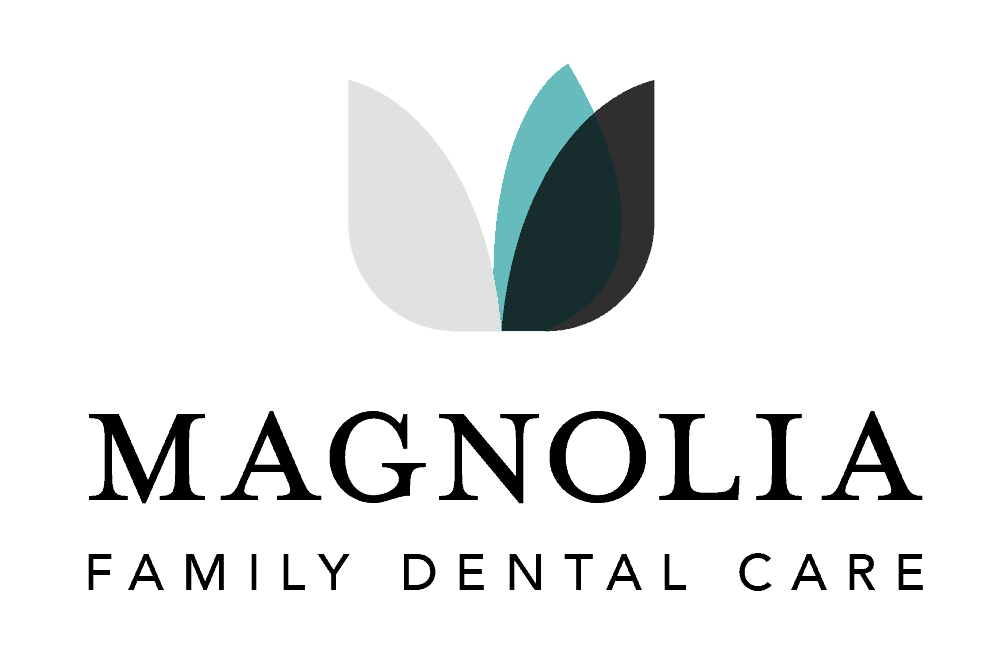
Getting Your Teeth Cleaned
Getting Your Teeth Cleaned
Cleaning your teeth every day at home, while important, is only part of a successful routine. Visiting your dentist at least once a year to have your teeth cleaned will help ensure a healthy mouth.
Your dentist will use professional tools to remove plaque, tartar and bacteria build-up that you are generally unable to efficiently clean yourself.
Combining regular brushing and flossing with an annual dentist’s office visit will not only give you a more confident smile, but it will also help protect you from tooth decay, tooth loss and gum disease.
What Is a Teeth Cleaning?
A professional teeth cleaning is a procedure in which your dentist uses a variety of tools to help deep clean your gums and the surface of your teeth.
First, your dentist will use an ultrasonic cleaner and a water sprayer to loosen and remove plaque and tartar from your teeth and gums. Your dentist will then scrape additional plaque and tartar off your teeth by using a metal tool called a hand scraper.
You could feel mild discomfort during this part of the procedure. Your dentist may also sand and smooth the roots of your teeth in order to remove plaque and other bacteria.
Finally, the dentist brushes your teeth with a rotary toothbrush and a gritty type of toothpaste that polishes and cleans your teeth. After doing this, your dentist may floss your teeth or give you a fluoride treatment to strengthen them.
How Often Should I Get My Teeth Cleaned?
The American Dental Association recommends that you visit your dentist at least once a year to get a routine examination and cleaning. If you have a history of gum disease, you should get your teeth cleaned more often in order to prevent the recurrence of infections or disease.
You should also have your teeth cleaned more often if you suffer from chronic conditions such as diabetes or heart disease due to the link between these diseases and tooth problems.
If you smoke, you should consider quitting. Smoking can permanently stain your teeth and create other tooth and gum problems.
If you do not intend to quit smoking, you should get your teeth cleaned more frequently. Talk to your dentist to find out exactly how often you should get your teeth cleaned.
Why Do My Gums Bleed After a Teeth Cleaning?
If you have a lot of bacteria built up in your mouth, it can irritate your gums so that they become more sensitive and bleed more easily.
This can happen after you visit your dentist for a teeth cleaning, because the dentist has to brush and touch instruments against your teeth and gums. Your gums may remain sensitive for a day or two after a cleaning.
What Are the Different Types of Teeth Cleaning Instruments?
Your dentist will use several instruments to help clean your teeth. Usually, he begins the cleaning with an ultrasonic cleaner. This instrument uses ultrasonic waves to make your teeth vibrate and loosen plaque and debris.
The ultrasonic cleaner is also connected to a water hose so that it sprays water over your teeth as it moves. This allows the cleaner to wash away the plaque as it loosens it. The cleaner itself has a round tip that gently tickles the teeth.
You should never feel any pain or sharpness while your dentist is using this instrument. Your dentist can adjust the cleaner if the vibrations are too strong for you.
After finishing with the ultrasonic cleaner, your dentist will switch to using hand tools called periodontal scalers and curettes. These curved tools are meant to match the shape of most teeth.
The dentist uses them to gently scrape any tartar off of your teeth that was not removed by the ultrasonic cleaner. This may feel slightly uncomfortable because the dentist has to use a little bit of pressure to scrape your teeth, but it shouldn’t cause major discomfort.
If your gums are very sensitive, your dentist may apply a topical analgesic before using the hand tools so that you won’t feel as much pain.
Finally, your dentist uses a polisher on the surface of your teeth. This polisher is similar to a toothbrush, but it has a rubber cup on the end instead of bristles. The dentist uses gritty toothpaste called prophylaxis along with this tool to effectively polish your teeth.
Some dentists give a fluoride treatment after finishing the main cleaning; this requires the dentist to place gel over your teeth for about 30 seconds, after which you have to rinse and spit until the fluoride is gone.
Your Tulsa dentist will use a special tray to hold the fluoride and put it over your teeth. Fluoride is meant to strengthen your teeth.
Teeth Cleaning Costs
Teeth cleaning costs vary. Some dental insurance companies cover the entire cost of teeth cleaning, so you won’t have to pay out of pocket.
If you don’t have dental insurance or your dental insurance doesn’t cover cleaning, you can expect to pay between $50 and $135 for a routine examination that includes dental cleaning.
If you haven’t had your teeth cleaned in a long time or you have had a lot of problems with your teeth, you may have to get a deep teeth cleaning which involves root planing, or smoothing the roots of your teeth. This kind of teeth cleaning is more expensive – costing between $400 and $1,600.
It’s important to remember that even if you brush and floss regularly at home, it’s extremely important to get your teeth professionally cleaned by a dentist at least once a year so that you can prevent major dental problems.
Getting your teeth cleaned is relatively painless and inexpensive, but the costs add up if you procrastinate and end up with cavities or gum disease. This combination of responsible dental care will give you clean teeth, a healthy mouth, and a confident smile.
